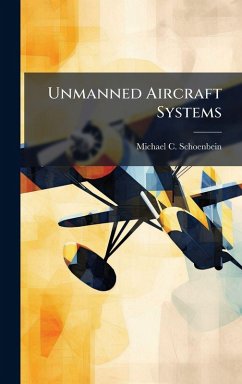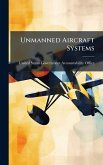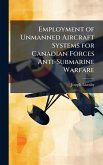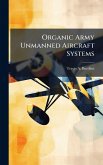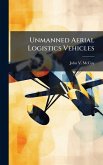Routine UAS access to the NAS poses a variety of technological, regulatory, workload, and coordination challenges. This paper will focus on the ongoing effort in the United States (U.S.) to draft and implement regulatory guidance to integrate safe, routine, and efficient UAS operations in the NAS. The current Code of Federal Regulations governing unmanned aircraft operations does not adequately address the operation of this new type of aircraft. Specifically, the Federal Aviation Administration (FAA) does not allow unrestricted UAS operations in all classifications of airspace. A lack of regulatory guidance for UASs limits their operations and leads to a lack of airspace for UAS testing and evaluation. Evolving technological advancements and increased military and civilian demand have proven the need to fully integrate and capture all the regulatory requirements for UAS's to meet their full potential. The end goal is to have UASs operating in the NAS transparently. Thus, UASs must be able to function seamlessly in the current air traffic system with other general, civilian, and military aircraft and comply with all the regulatory requirements that manned aircraft must meet. A detailed assessment of the current FAA regulatory guidance was performed with the intent to examine their applicability to UAS operations. This work has been selected by scholars as being culturally important, and is part of the knowledge base of civilization as we know it. This work was reproduced from the original artifact, and remains as true to the original work as possible. Therefore, you will see the original copyright references, library stamps (as most of these works have been housed in our most important libraries around the world), and other notations in the work. This work is in the public domain in the United States of America, and possibly other nations. Within the United States, you may freely copy and distribute this work, as no entity (individual or corporate) has a copyright on the body of the work. As a reproduction of a historical artifact, this work may contain missing or blurred pages, poor pictures, errant marks, etc. Scholars believe, and we concur, that this work is important enough to be preserved, reproduced, and made generally available to the public. We appreciate your support of the preservation process, and thank you for being an important part of keeping this knowledge alive and relevant.
Bitte wählen Sie Ihr Anliegen aus.
Rechnungen
Retourenschein anfordern
Bestellstatus
Storno

